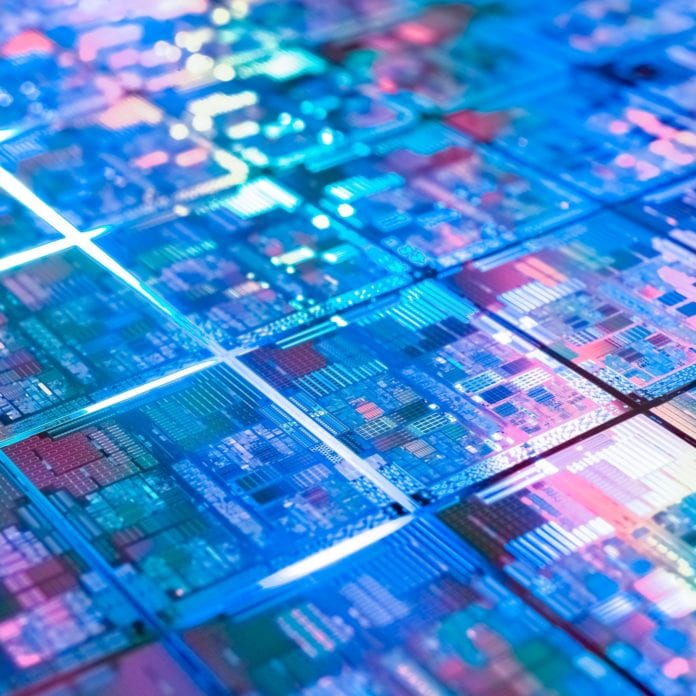Chipmaker Arm has signed a three-year partnership agreement with the U.S. Defense Advanced Research Projects Agency (DARPA) that establishes an access framework for DARPA researchers to use all of Arm’s commercially available technology.
Arm said that the agreement “enables DARPA researchers to have the flexibility and scalability to access vertical market compute from small embedded sensors to high-performance systems.”
“The span of DARPA research activity opens up a huge range of opportunities for future technological innovation,” said Rene Haas, president of Arm’s IP Products Group. “Our expanded DARPA partnership will provide them with access to the broadest range of Arm technology to develop compute solutions supported by the world’s largest ecosystem of tools, services and software.”
Serge Leef, who leads design automation and secure hardware programs for DARPA’s Microsystems Technology Office, said that equipping DARPA researchers with best-in-class technologies is “essential not only for break-through scientific and engineering advances, but also for improved transition into military and commercial applications.”
In a release, Arm referenced DARPA’s Electronics Resurgence Initiative as “gaining momentum.” According to the ERI website, that effort aims to address recent economic and technical trends in microelectronics, including a rapid increase in cost and complexity of advanced design and manufacturing, “challenges to the nation’s digital backbone” and “non-market foreign forces … working to shift the electronics innovation engine overseas and cost-driven foundry consolidation [that] has limited Department of Defense access to leading-edge electronics, challenging U.S. economic and security advantages. … ERI aims to forge forward-looking collaborations among the commercial electronics community, defense industrial base, university researchers and the DoD to address these challenges.”
The ERI effort was announced in the summer of 2017 and its most recent summit was held last week, with topics including open-source accelerated chip design and speakers from Intel, Texas Instruments, Qorvo, Raytheon and Taiwan Semiconductor Manufacturing Company, among others. Some ERI programs include work on three-dimensional monolithic SoCs, millimeter-wave digital arrays and real-time machine learning.

